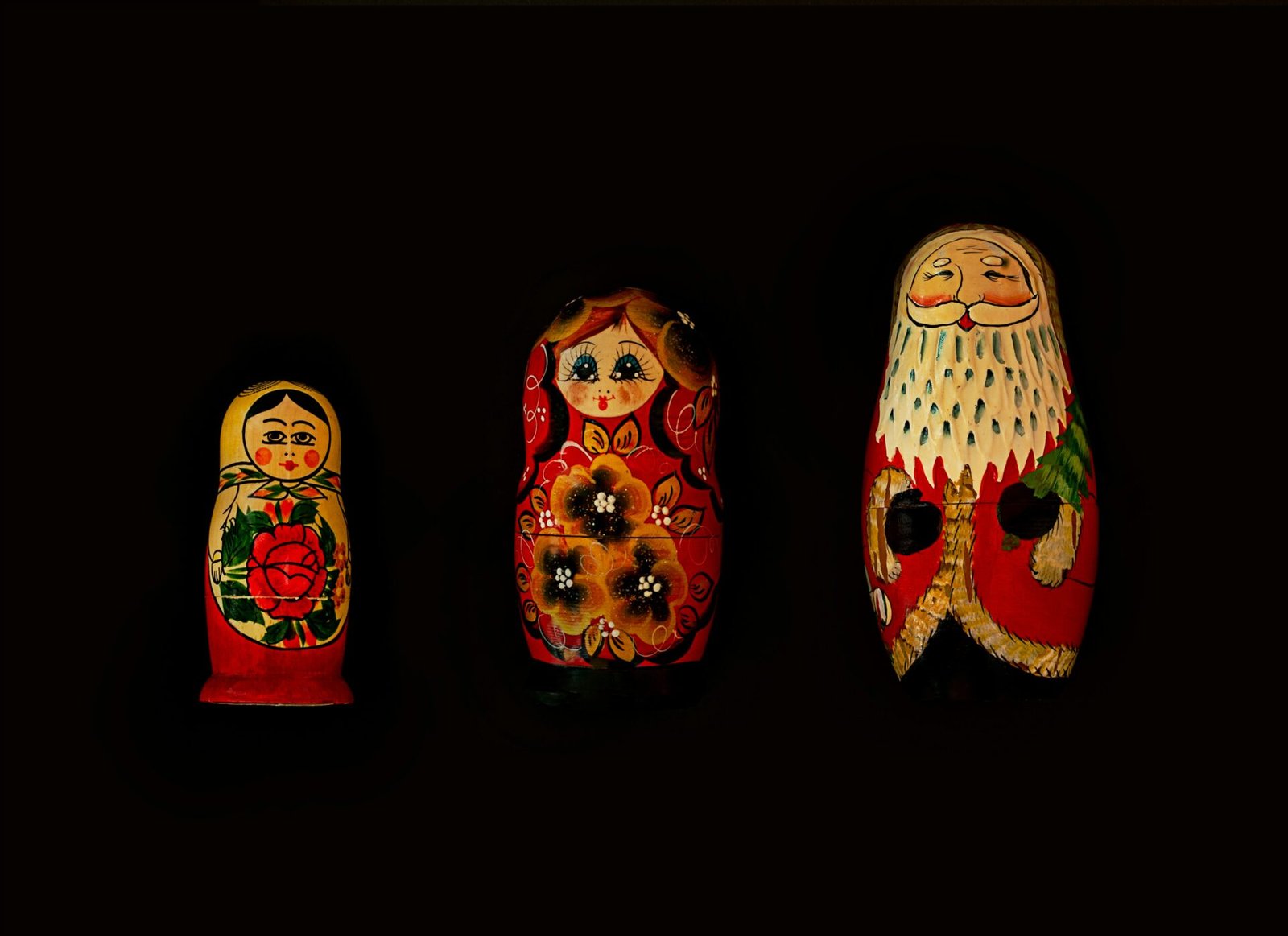If depressive symptoms seem to intensify around the same time each year, you may have Seasonal Affective Disorder (SAD). SAD is a type of depression that typically lasts about 4-5 months in the fall and winter with temporary symptom relief the rest of the year.
An estimated 10 million Americans suffer from SAD, especially women and young adults. More commonly, 20 percent of Americans experience the “winter blues,” or feeling down in the wintertime. With a decrease in sunlight and colder temperatures, feeling blue in the winter is not cause for serious concern. But when symptoms return annually and significantly impair your quality of life, it’s time to talk to your therapist about Seasonal Affective Disorder.
Signs and symptoms of Seasonal Affective Disorder
Because SAD is a seasonal form of major depressive disorder, symptoms include those of depression in addition to symptoms specific to winter patterns (fall and winter months).
Major depressive disorder
- feelings of hopelessness, guilt, pessimism, or low self-esteem
- loss of interest in hobbies, socializing, intimacy, or sex
- fatigue
- frequent thoughts of death or suicide
- irritability and anxiety
- executive dysfunction, such as struggling with concentration, memory, and decision-making
Winter-pattern SAD
- sleeping more than usual
- increase in appetite, especially for carbohydrates,
- weight gain
Winter depression: Why you get SAD in the fall and winter
Contrary to Andy Williams’s holiday song, “It’s Most Wonderful Time of the Year,” late fall to winter is not wonderful for everyone. The vast majority of those with SAD experience symptoms beginning in the fall and increasing in severity as the winter days darken. A decrease in hours of sunlight can affect the body in ways that lead to a period of depression.
Increase in melatonin levels. When your eyes receive less light at the end of the day, your body begins to produce melatonin to make you sleepy. Melatonin production ceases when light enters your eyes in the morning. With longer hours of darkness in the winter, melatonin is at risk of overproducing, leading to drowsiness and lethargy.
Internal clock disruption. In winter, your body’s 24-hour circadian rhythms are disrupted. Your usual sleep-wake cycle doesn’t match winter’s new night-day hours, and most people initially struggle with the adjustment. However, those with Seasonal Affective Disorder may have genetically abnormal regulation of circadian rhythms. An inability to adjust circadian rhythms creates anxiety and depressive symptoms like changes in mood, tiredness at abnormal times, fatigue, and disorientation.
Daylight savings time makes the shift worse. A 2017 study showed that when clocks are adjusted one hour back to standard time in the winter, depressive episodes increase in those with depression at a rate of 11 percent.
Serotonin decrease. Serotonin is a hormone that regulates mood. Normal levels of serotonin levels give a sense of well-being, happiness, focus, and calm. Sunlight is considered the best source for vitamin D, which promotes serotonin activity. When the amount of sunlight we receive in winter decreases, so do our levels of serotonin and vitamin D.
Trauma. Not exclusive to winter, seasonal triggers can cause those who’ve experienced traumatic events to spiral into depression. Holiday decorations could evoke paralyzing memories of a loved one who passed away near Christmastime, the smell of burning fires the destruction of a family home, or in summer, the heat could provoke painful flashbacks of deployment for veterans with PTSD.
3 Treatments for winter-pattern Seasonal Affective Disorder
- Restructure negative thinking with Cognitive Behavioral Therapy.
- Use light therapy to reset your circadian cycle.
- Exercise regularly to boost serotonin and endorphin levels.
Some treatments are effective for both winter and summer-pattern SAD, but light therapy is unique to those whose depressive symptoms are linked to abnormalities in circadian rhythms. Light therapy, exposure to daylight simulation, is a common treatment for winter-pattern SAD and can serve as an alternative form of treatment to antidepressants, or can be taken alongside to boost effectiveness. A six-year clinical trial by Columbia Presbyterian Medical Center tested the effects of 30-minute daily exposure to bright light in subjects with and without SAD. By the end of the trial, 40 percent were free of SAD symptoms. Experts at the Center for Environmental Therapeutics developed this quiz to determine time of melatonin onset, natural bedtime, and the optimal time of day for light therapy. Show your results to your therapist to make adjustments based on your specific needs, especially if you’re taking antidepressants.
Break the cycle. For good.
Seasonal Affective Disorder symptoms ease with the end of the season and come back annually. But they don’t have to. Schedule an appointment with one of our therapists at Austin Anxiety and Trauma Specialists for relief that outlasts the changing of seasons.






